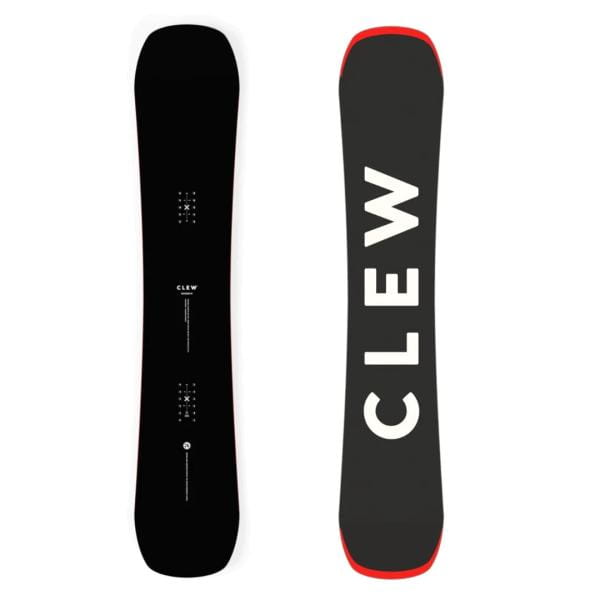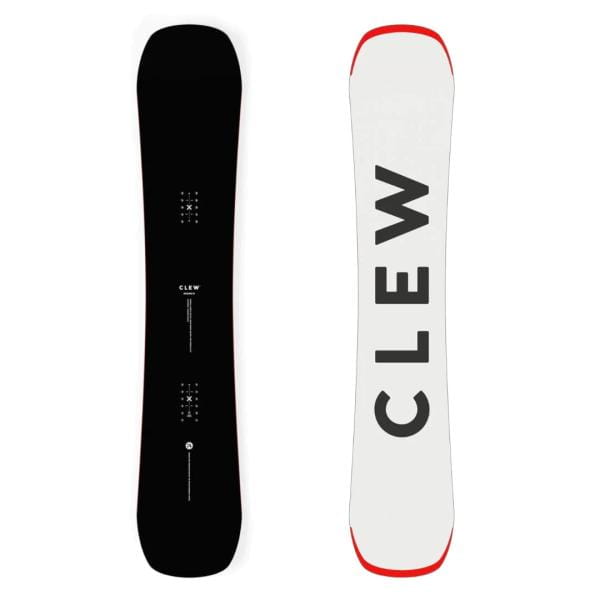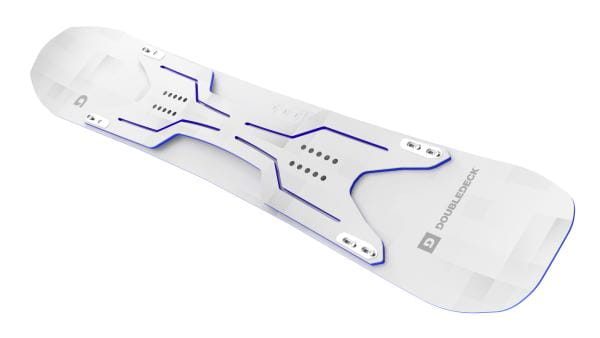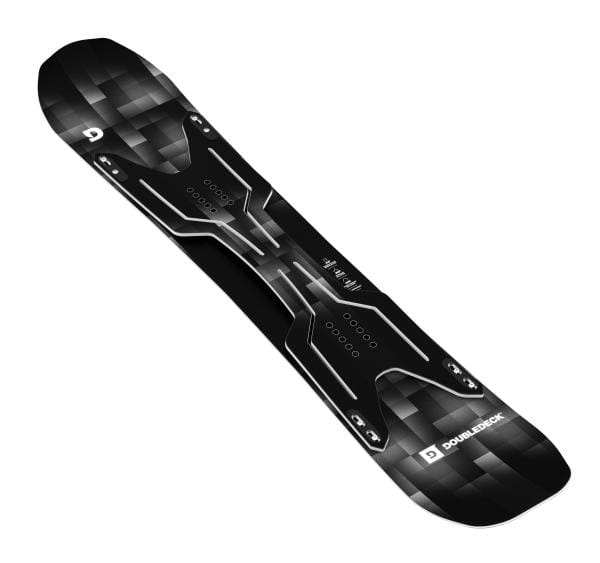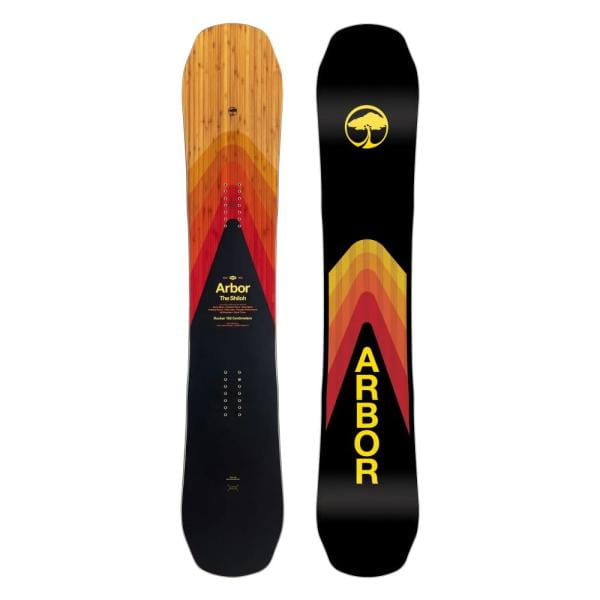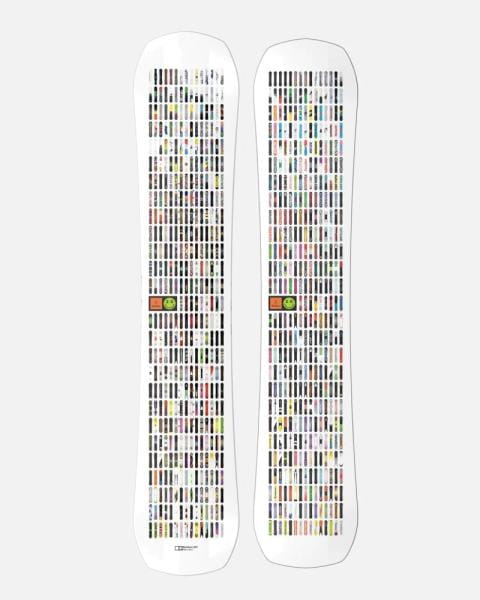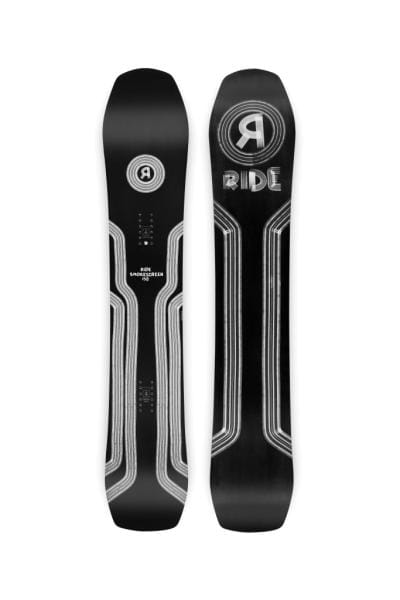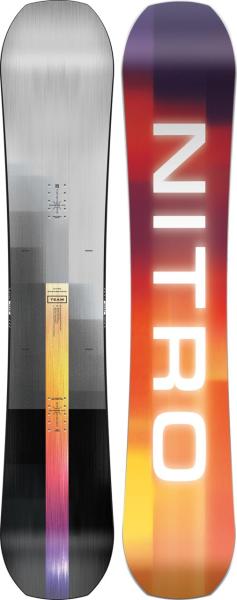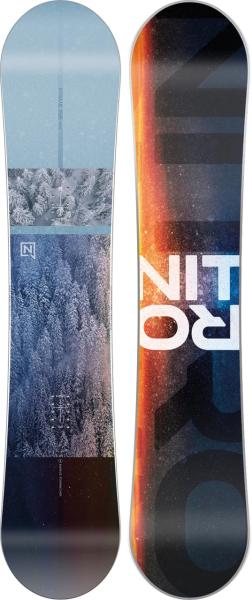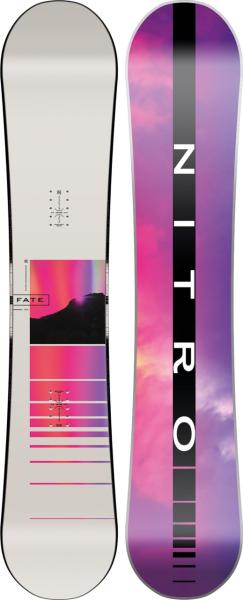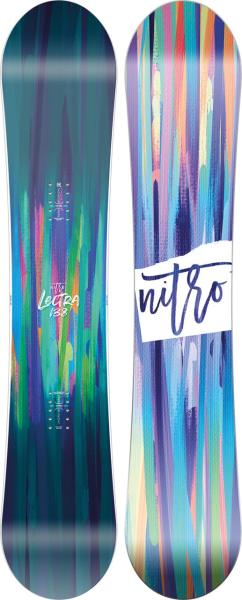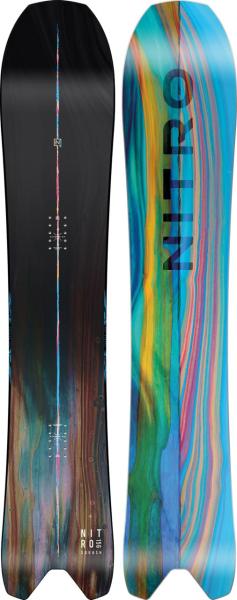Board Advisor: Find your optimal board for maximum fun!
You are looking for a new snowboard or your first snowboard and wonder which one to choose? Our detailed guide informs you about the most important aspects of board selection. From rider level to terrain choice and board shape. Get smart! If you have any questions or would like personal advice, please contact us by mail or phone.
Click here for the board guide...
###
Know your riding level
Beginner
A snowboard that is particularly easy to turn is suitable for beginners. If you want a safe ride, for example, go for a rather soft and short board that ends at about shoulder height. Optimal here is a rocker as a preload. Advantage of beginner boards is easy handling. It forgives your mistakes and almost always prevents canting. Less canting = less face in the snow and of course so more riding fun!
Advanced
With experience on different slopes and maybe already on different surfaces and a safe riding style you already count as an advanced rider. If you feel safe when turning and avoid tilting, then you should think about which terrain is best for you. An all-mountain board will help you with that. It offers you the possibility to discover new terrains and to be safe and fast on and off-piste.
Expert
You are the fastest on the slopes, you are confident and you have already gained a lot of experience? Congratulations, then you are now an Expert Rider. You take on any situation and love new challenges. Then our professional boards are just right for you. Live your preferences and dare! Extreme shapes make boarding a new and wild experience. You want more and want to go to your limits? Only with the perfect board you can push and improve your skills. At your level, most people don't just ride one all-round board, but have several boards for different conditions and terrain in their "quiver".
Freestyler
As an experienced rider you have already mastered a few tricks and want a new board to improve your performance or you want to finally go into the pipe and deliver a great session? In any case, you need a suitable board that is about shoulder-high and waisted, which provides a high degree of freedom due to its shape. Depending on your individual style, rocker bias and camber bias are the right choice. You should definitely make sure that you grab a true twin board, i.e. one where the nose and tail are symmetrical. This gives you freedom!
The different board types
All Mountain Board
The All Mountain board is made for all areas on the mountain and is suitable for everyone. It is also recommended especially for beginners who are still a bit wobbly on their feet. To learn a clean riding technique, an all-mountain board offers you the best opportunity. It combines freeride and freestyle. Due to its construction, the board offers you the variety to test and ride all terrains at the same time. From riding on the slopes to riding in the park or deep snow, you can try everything. All Mountain Snowboards are directional or directional twin shaped. (A detailed explanation of the shapes can be found under "Shapes" below) You don't want to commit to a specific surface yet? No problem! With an All-Mountain you can't go wrong, because: All-Mountain = Allrounder!
Freestyle Board
With a freestyle board you dare to ride the rails and the pipe. Kicker, halfpipe, boxes, rails and street are further terrains that are ideal for your freestyle board. For the park, shoulder-high and waisted boards are especially suitable, which provide speed and a lot of freedom of movement. Rocker biases give you enough flexibility when jibbing. For the halfpipe, a harder board with camber bias is recommended, which brings a lot of snap with it and stabilizes you much better during takeoffs and inruns. As mentioned above, it is important to use a true twin board for tricks. Nose and tail are symmetrical. So it doesn't matter which foot you ride with in the front. Often there are also park snowboards, which are pleasant to ride on the slopes. Since they are usually very easy to turn, you can ride a soft rocker park board with a clear conscience even as a beginner.
Freeride Board
Last but not least: your freeride snowboard. It makes you dream and lets you float through the mountains. With its construction it provides a lot of buoyancy so that you glide over the top when displacing the powder. So the board has a lot of contact area and often a harder camber. It is much faster and has better performance. But rocker shapes are also popular as freeride boards, because they can be ridden with more ease. Usually such boards are a bit wider and longer (about eye level) for more floatation, freeride boards with a camber bias are also suitable for sporty carving on the slopes.
In recent years, hybrid shapes have also made a name for themselves among freeride boards. Camber in the back for control and pressure on the slopes and rocker in the front for the best possible floatation in powder.

Snowboard Shape
Camber / Preload
A camber board has the contact points directly under the feet and a slightly rising camber between the feet. Because of this shape, it gives you a stable ride and solid edge hold for carving. With such a board you cut the ice and always find grip, even at high speeds. It is also good for extra fun and kick in the park.
Rocker
Rocker profiles are a lot of fun. Also known as reverse camber, where the arch of the foot is turned upside down, so there is only one point of contact between the feet. With a negative bias, you have less direct bearing surface, thus "less edge". It's more turning/playful and makes canting nearly impossible. In terms of riding, it's much more forgiving, so you most likely won't catch edges.
Flat / Zero Camber
Flat or Zero Camber is just that.... flat between the feet. The board has neither traditional nor reverse camber, and as you might guess, the profile and performance is somewhere in the middle of the two profiles above.
It's a perfect board for getting into rails and boxes, and because of the long contact point, it's great for carving and pipe riding. Unfortunately, there is a relative lack of pop due to the lack of shape and generally you find that you are slower with the flatboard than traditional camber. Here, however, scores the higher stability than compared to the rocker shape. A good flat board is usually a good all-mountain board for those who want a general all-around progression.
Hybrid boards
Hybrid boards are usually a mix of camber and rocker and can go by a variety of names such as Gullwing, Flying V, CamRock or Double Rocker. Ultimately, though, the naming depends on the brand. Hybrid boards combine the best parts/features of traditional and reverse camber into one board. Typically, hybrids are slightly softer and more forgiving than a camber board, but not quite as stable in edge grip or on rails. Some boards are very strong in powder!
Since there are no clear classifications and also a diverse selection of various combinations of shapes, just talk to us and we will help you find your board.
Flex
The flex of a board tells you on a scale of 1-10 how hard or soft, i.e. how flexible your board is. The softer (low flex level) the more mistakes it forgives. The firmer (high flex level), the more control and demand on your movements the board gives you. It is best to choose one based on your riding level. Note that the 1-10 scale is not a universal scale across manufacturers, but only defines the ratio of boards from one manufacturer to another.
| Flex level | Properties | Hardness level | Snowboard level |
|---|
| 1-4 | Very flexible, facilitates turn and forgives mistakes quickly. You are safer on the way | soft | Beginner |
| 4-7 | Is optimal for all piste conditions and supports all your movements | medium | Advanced |
| 7-10 | maximum control and power | hard | Expert |
Stance position
GOOFY OR REGULAR
Before your first time on a snowboard, you're probably asking yourself "How do I actually stand on it?". You have to decide how you want to stand. This is not so difficult with only two options: either you ride goofy stance (right foot in front) or with a regular stance (left foot in front). Important here: your dominant foot is usually the rear one, as this takes over the function of power steering. The front foot provides balance and directional control and is usually your less dominant foot. It is best to base your decision on your daily habits.
The following questions can help you find your Stance:
Which foot do you use first to climb stairs? With which foot do you kick a soccer ball? The answer to these questions is probably your back foot.
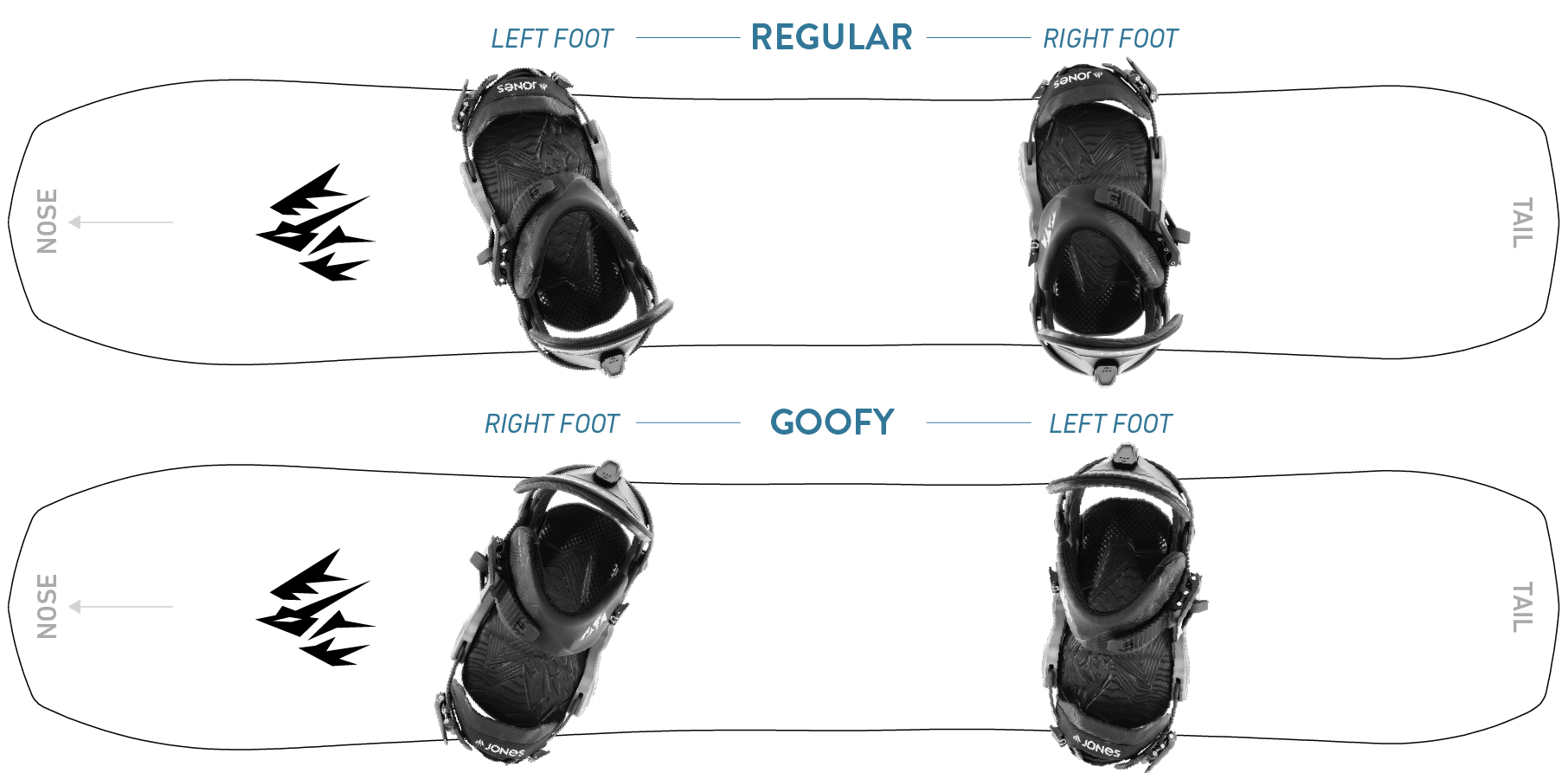
Shapetypes
Twins
Twin Twins are made for switch riding. No matter which direction you want to ride - Twins perform equally well. The nose and tail are identical, so the board is perfect for the park and all those who like to ride backwards. In twin boards, both nose and tail are shaped equally, so they are identical, like identical twins. The effective length of the toe and heelside edge, as well as the profile of the board, is also the same. If it's a camber, it's equally pronounced forward and backward from the center. Essential for the park, as it allows everything from 180s to infinity. Switch jumping off and/or switch landing is a must for good old park sessions. These boards take you over kickers and rails and are your faithful companion for every park session.
Directional Twin
A directional twin is not quite as mono as the classic twin shape. While it is also a twin, it is still completely different - but first things first. The shape of the board is symmetrical, just like a classic twin. That's it. Sounds a bit little, doesn't it? With a DT, all other aspects except symmetry, which play a big role in boards, are fundamentally different. For one thing, directional twins often have a set-back, which means that the inserts of the bindings are recessed further back on the board. Consequently, you stand a bit more waist-heavy and not exactly centered. Some boards have a special profile for pure forward riding. Backwards is of course also possible. The flex strengths in the direction of nose and tail can be pronounced differently. Many freeride boards feature a directional twin shape. Here, banger tricks in the backcountry are no problem, but also the powder surfing itself does not come up short, especially because of the modified and adapted, often slightly longer nose.
Directional
A directional board is for all those who like to ride in the backcountry, ride fast and carve, and count Vitelli turns among their signature moves. Directionals are designed for riding in true direction, goofies on the right front and regulars on the left front. The inserts of the bindings are usually slightly offset to the back of most directionals to generate a set-back. The nose gets longer, forcing lift on deep snow dives. The longer nose provides more power when carving. The transmission of movements and control from the rider to the board and to the snow works more directly, more clearly, more powerfully. When looking for a directional, you are most likely to find them on all-mountain boards or boards designed specifically for freeride.

Asym Shape
An asym (asymmetrical shape) is designed to help the rider gain more control and help compensate for imbalances in the body. Asym shapes can be found on pretty much all board types these days - whether it's a jib, all-mountain, freestyle or freeride board. The idea behind it: A board that is designed to accommodate the asymmetries of the human body. In detail, this means the following: The sidecut on the heel edge turns out shorter on an Asym, which should help the rider to a more direct and precise power transmission during heelside turns, as well as the mixture of a longer and shorter edge has a positive effect on the imbalance of the feet.
Funshape
Funshapes are, as the name suggests, intended for playfulness and for sessions without contest pressure. Inspired by surfing, the Borads with a fishtail resemble surfboards. Special features here are that the tail of the Funshapes is much shorter than other boards and leans form-technically a triangle. To ensure more buoyancy, the nose of the boards is usually equipped quite wide.

Board width
For a safe stand and a safe driving feeling you must know which width your board must have. Take a look at the video from Goodboards. The two guys explain again briefly what is important for your board.
Generally, snowboards are classified according to four widths:
- smaller than 25 cm: Narrow boards (narrow) for small feet (shoe size < 40).
- 25 to 25.5 cm: standard boards. The name says it all. A board for the most common shoe sizes (between 41 and 43.5).
- 25,5 to 26 cm: Mid-Wide-Boards for shoe sizes 44 to 45.
- 26 cm and larger: Wide boards for riders with big feet and big shoes (size 45 and everything above).





